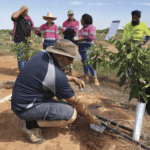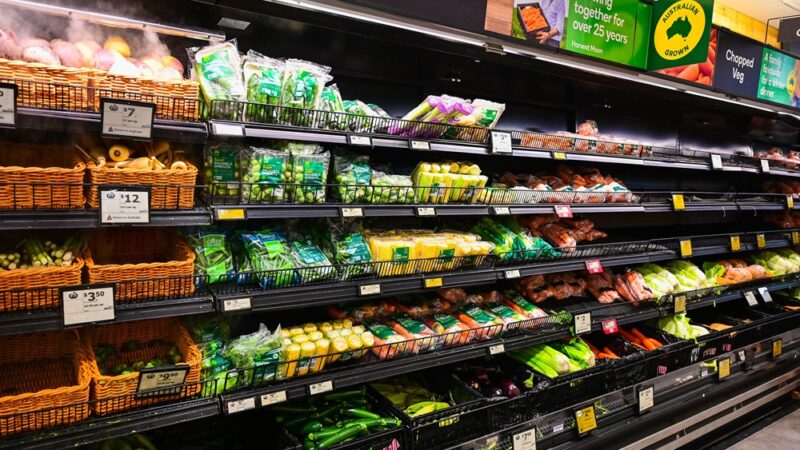But knowing how to best use it can be a challenge. Helping producers to make…
How you can always be drought ready
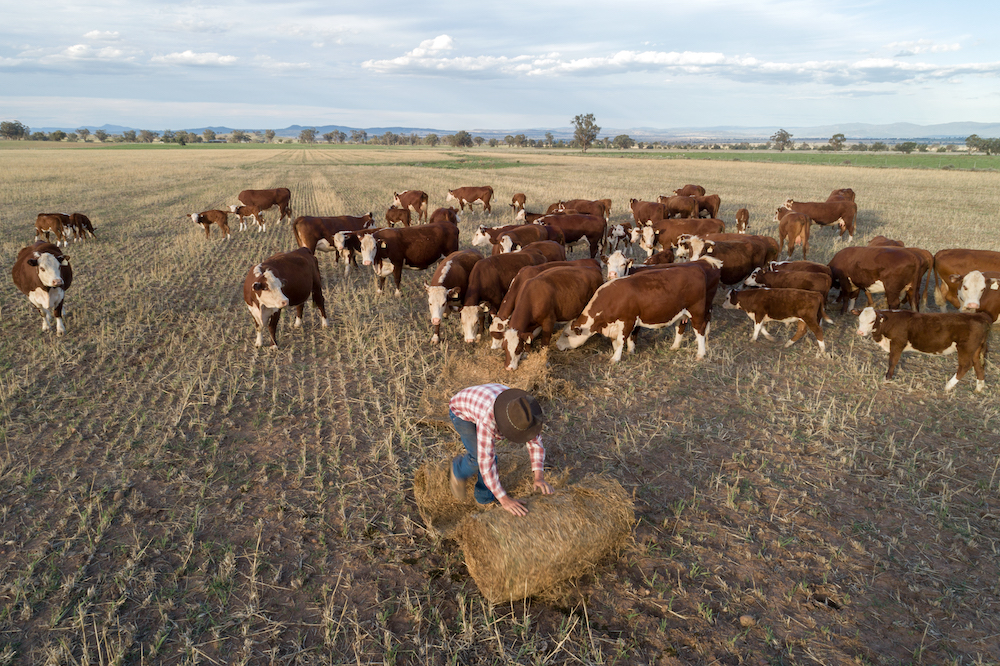
Karen and Peter Weller�s drought readiness plan went askew in late November last year, but it was for a good reason.�
More than 90mm of rain fell on their 465-hectare farm at Winton near Tamworth in a week, providing a flush of green feed for their stud and commercial herds of Hereford cattle.
Grass reserves had been scarce as the Tamworth region slipped back into drought after almost three years of favourable seasons. Many fellow farmers in northwest, Central Tablelands, Hunter and large chunks of the coast faced a similar fate heading into the summer months before Huey paid a welcome visit in late spring.
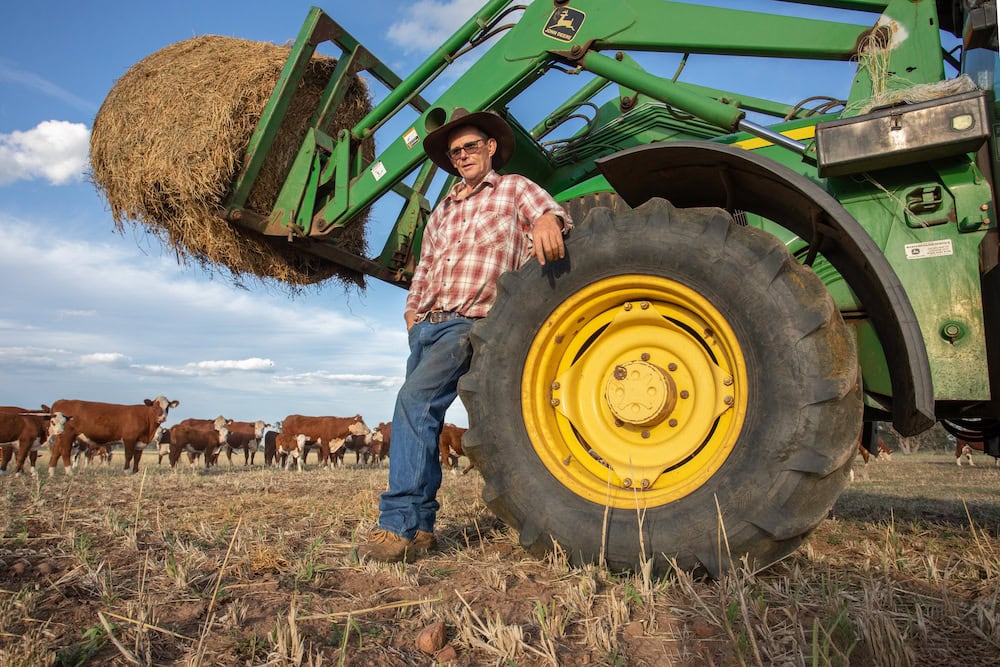
The Wellers had planned ahead with fodder in their new hay shed and improved livestock water security through the installation of a bore, which were both lacking in the 2019 drought. Taking up nearby leasing opportunities was also part of the drought resilience measures, which has proved valuable in avoiding the need to sell off in a dour cattle market.
�The huge downturn in livestock prices has been the biggest challenge with the dry times this year. That�s been the key difference in terms of planning compared to the 2019 drought when prices were high.��
Karen Weller, Cattle farmer
Karen and Peter have experienced the impact of dry times on farming operations in numerous locations after owning farms at Nabiac, Inverell and Narromine. They settled on their farm at Winton in 2017, just as one of the worst droughts on record commenced.
�The drought in 2019 was the worst. We always made sure we had the option of agistment, but that was not around because the drought was so widespread. Plus, we came straight into dry conditions when we came here and did not have feed stored up.
�We downsized our herd to about third of its size and had to buy in fodder at top prices to keep the core breeding stock in good condition. It cost us around $250,000.�
The Wellers sold half their farm in 2020 to recover some of the debt they amassed during the 2017-2019 drought. That half included most of the shedding infrastructure.�
They were able to access a $50,000 NSW Rural Assistance Authority low interest loan to install water infrastructure and build a new hay shed.
Karen said their herd of happy Herefords was almost back to full capacity in 2023 as they contemplated having to downsize again if no rain came before summer hit.
�We did think it was going to go pear-shaped again. We were able to lease back the property we sold for our unjoined heifers, and we also lease another small block down the road, and we had a shed full of hay ready to go.�
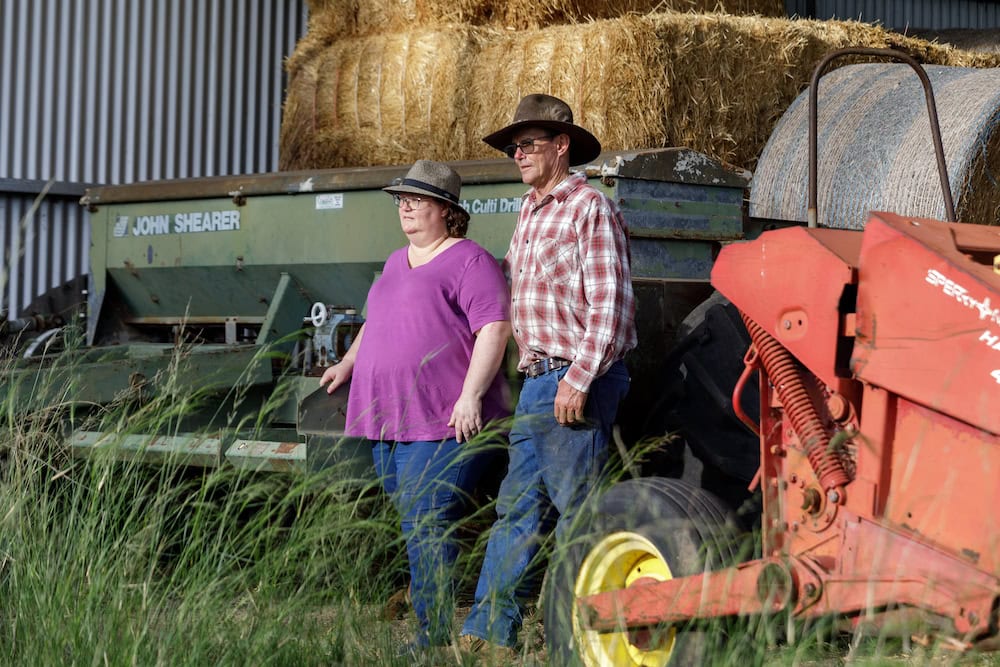
Karen has also learned to better deal with the impact on mental wellbeing, mainly through attending events like the annual NSW Rural Women�s Gathering.
�I have been to seven of the Rural Women�s Gatherings. I love the opportunity to network with other women, hear inspirational speakers, and learn through workshops. You leave the event on a different high and come home with new skills and coping mechanisms,� she says.�
�I really like how mental health support groups are directing the conversation now. Mental health does not have a stigma anymore, because it is explained better out there in the community, and that getting support is a good thing.�
Farmers welcome new drought ready fund
Farmers have broadly welcomed the state government�s new $250 million Drought Ready and Resilient Fund (DRRF) that is designed to assist farmers prepare and respond to drought conditions.
The fund will provide low interest, fixed term loans of up to $250,000 to establish critical infrastructure, while also aiding in cash flow management for critical on-farm drought management tasks, particularly for livestock producers.
Unlike previous initiatives designed to support capital investment, the DRRF can also be used for items such as purchasing fodder, feeding equipment, stock transportation costs, veterinary advice, fencing for rotational grazing and the planting of trees.
According to research by the NSW Rural Assistance Authority, the loans � which can be paid off over five or ten years � are estimated to save farmers on average $40,000 over a five-year loan, when compared to other similar loans.
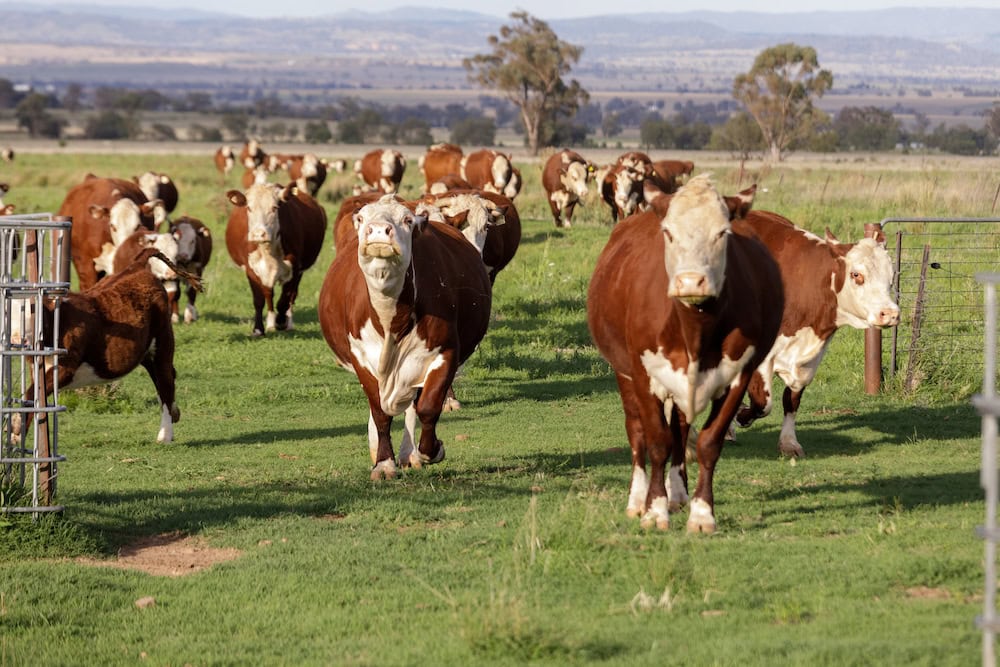
�I wish we had that last time. The government co-investment for improving farm and water infrastructure was great, but sometimes you just need support to pay the bills,� Karen says.
�It is much more appealing now that the low interest loans can cover things like hay and fodder and other operational expenses.�
NSW Farmers� President, Xavier Martin, said the clarity the government has provided early in the drying cycle will help farmers such as Karen and Peter with making their business decisions.
�These loans, announced before drought hits hard, help farmers to make proactive decisions,� Xavier said.
�Farmers are always subject to climate variability, and having faced significant drought and disaster impacts in recent years, know that having a plan and some certainty as to how best to prepare for adverse conditions is critical.�
Xavier Martin, NSW Farmers President
NSW Farmers is also pleased to see an invigorated focus on the Farm Innovation Fund with the $120 million balance being reallocated as the Drought Infrastructure Fund.
�This will aid the grain sector to increase on-farm storage, and also potentially support the horticulture sector to expand their critical water infrastructure and storage needs,� Xavier said.
�We encourage the government to also keep a strong focus on the support and extension services provided through Local Land Services (LLS) and the Department of Primary Industries (DPI) as these are equally critical to the resilience of farmers, farming families, and their communities.�
Minister for Agriculture, Tara Moriarty, described the DRRF as a �common sense approach� to ensuring farmers and livestock producers across NSW have the resources they need during droughts.

Link up with LLS for drought planning
Local Land Services (LLS) will press ahead with drought preparedness support for farmers � rain, hail or shine.
This support includes development of individual drought ready plans and workshops as well as training on practical measures like confinement feeding, feed budgeting and early weaning programs for livestock producers.�
LLS Business Partner for Sustainable Agriculture, Dale Kirby, said they have also recently engaged seven Drought Adoption Officers through a partnership with Southern NSW Drought Hub and Southern Queensland and Northern NSW Drought Hub.
�The Drought Adoption officers will support the uptake of Future Drought Fund tools and drought resilience innovations at a localised, on-farm level for farmers,� Dale says.
�Their work will value-add the existing work that LLS is doing in terms of support for preparedness and innovation for farmers across the state.
�The LLS work includes the Saving our Soils project, which includes a confinement feeding workshop and demonstration site package and a manual for farmers. Confinement feeding is one great preparedness strategy that livestock farmers can adopt.�
This $1 million project is a partnership with six farming system groups and the Soil Knowledge Network.
�We strongly encourage farmers to do an individual drought plan, and it should be done three months in advance based on objective trigger points. Every farm is different and rainfall patterns can vary from farm to farm.�
Dale Kirby, LLS Business Partner for Sustainable Agriculture
Links to drought planning support and training and contacts for the Drought Adoption officers can be found at www.lls.nsw.gov.au/help-and-advice/drought.
Empowering more rural women
Karen�s positive experience at Rural Women�s Gatherings has inspired action beyond the farm with new part-time roles on the NSW Farmers Rural Affairs Committee and as a project officer for the new NSW Farmers Empowering Women in Farming Businesses project.�
The project kicks off this year and Karen has been tasked with establishing formal networking and learning programs to help connect women in agricultural businesses, or those looking to start a small business.
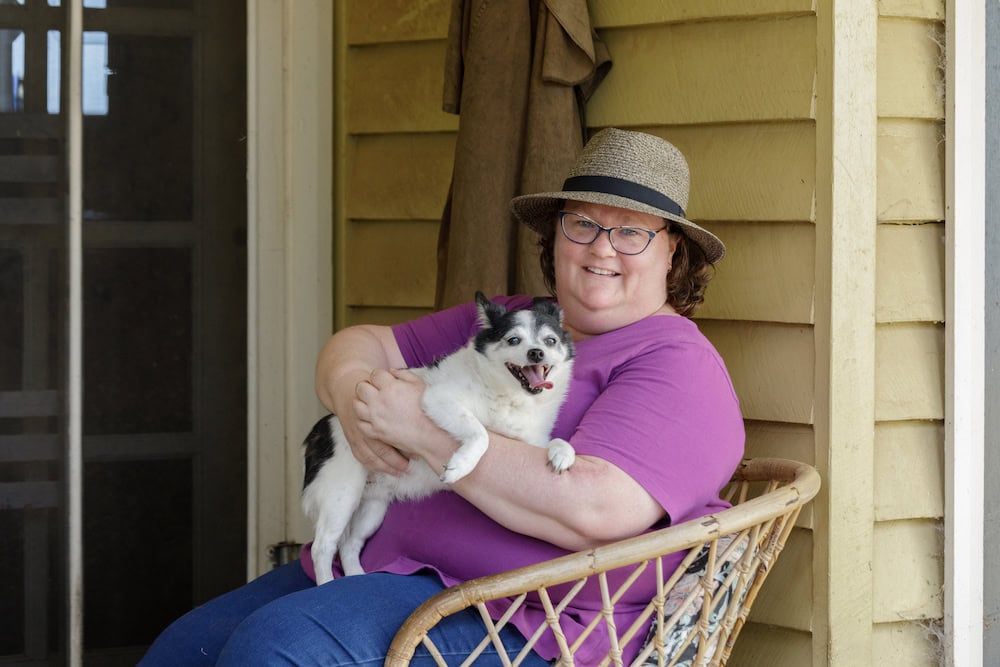
This will be achieved through a series of networking and training events that are co-designed by women in different regions and organised by NSW Farmers with funding from the NSW Government.
�This project recognises the immense contribution of females to the agriculture sector, and aims to provide regional, rural and remote women with business-focused networking and skill development opportunities.�
Karen Weller, Cattle farmer
�Local groups may identify the need for a particular skillset to be developed further in their local business environment. Examples may include website development, social media marketing channels, employment legislation, employee recruitment or drought decision-making skills.�
Four key networking events for 2024 have been pencilled in for Griffith, Dubbo, Moree and the Hunter region with more locations to come.
�These will be an opportunity for local agribusiness women to come together and share experiences and skills with each other in a relaxed setting,� Karen says.
�We are seeking nominations for other locations interested in hosting an event for local farming businesswomen. NSW Farmers branch members have been invited to suggest topics of interest and potential guest speakers.�
For more information on this project or provide input, contact Karen at [email protected].
The Empowering Women in Farming Businesses Program is funded by the NSW Government as part of the Women in Business Network Grant.
If you enjoyed this story, make sure to read our feature on the drought fund for communities.


